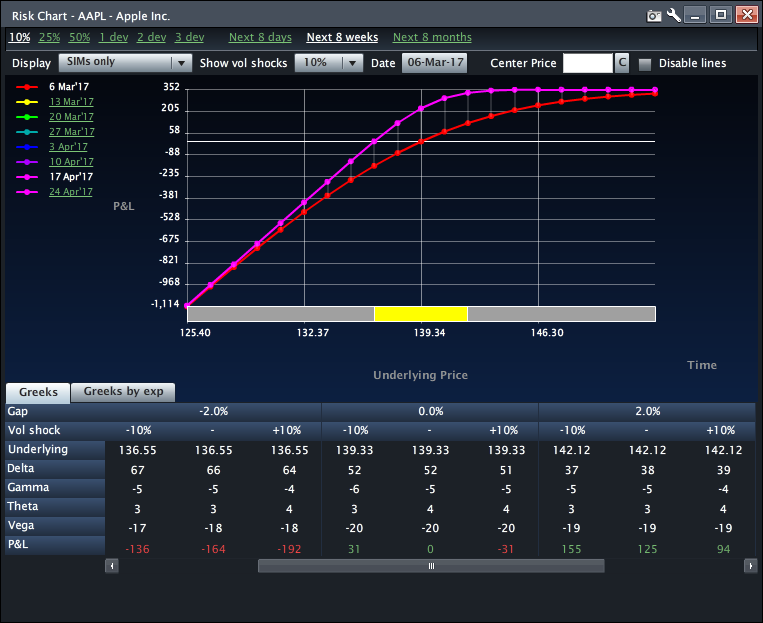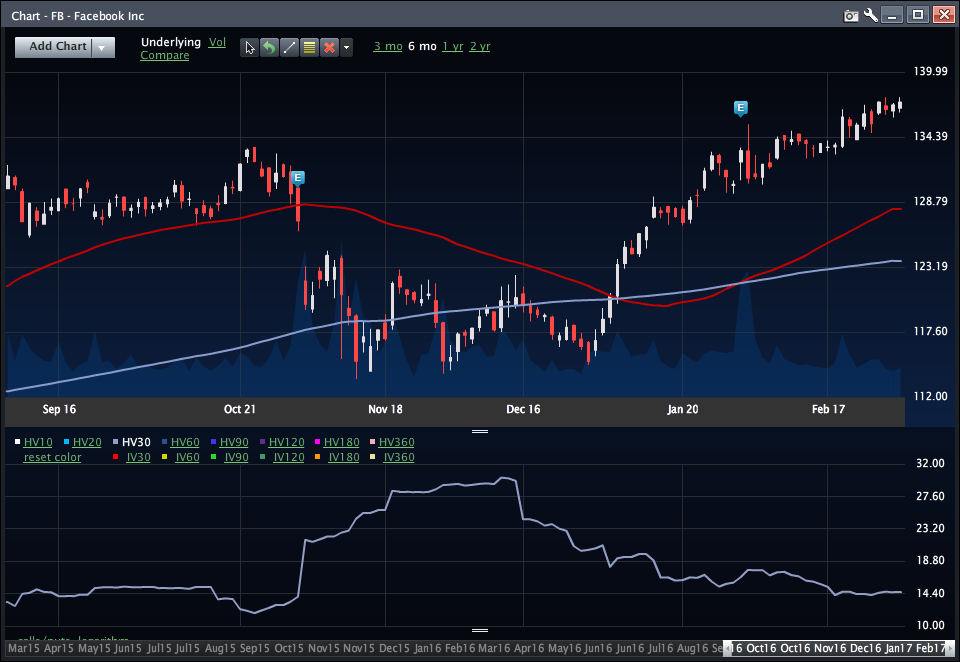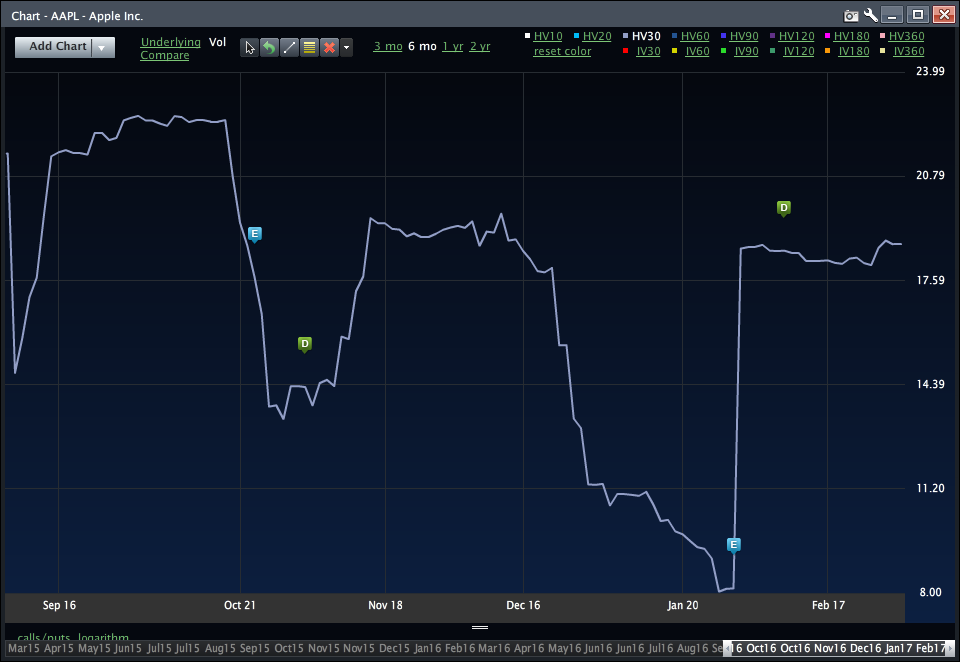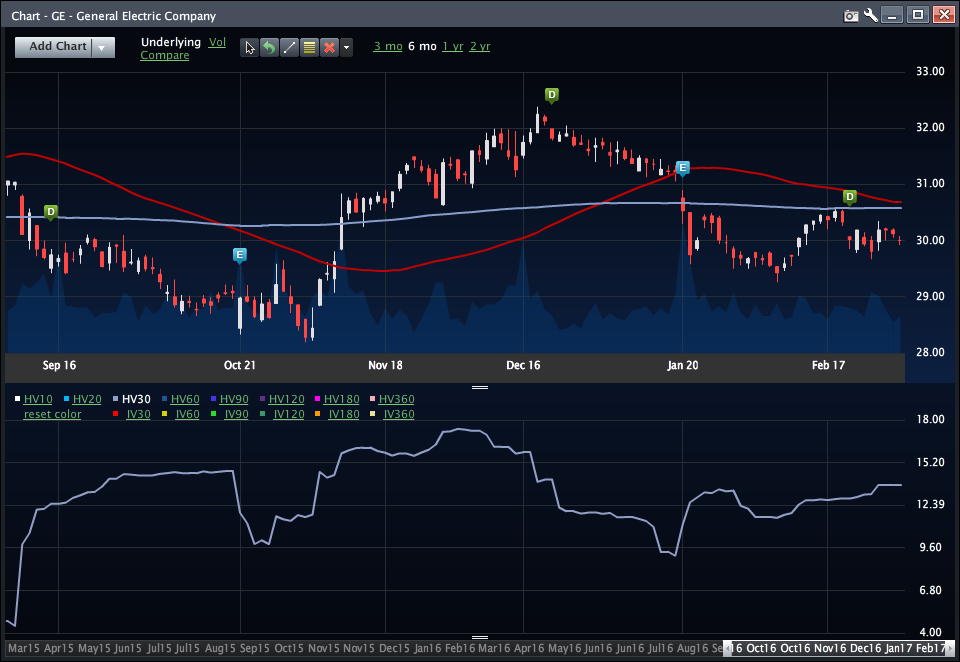Many ‘old school’ brokerage firms put vast restriction on the use of options. One thing they might let traders do is sell ‘covered calls’ against a position. Covered calls are a great way to produce income against a portfolio of relatively low volatility stocks. They are not the only way though. One can sell ‘cash secured puts’ as a way of collecting income in stocks that one might want to own someday, or to simply produce income. However, just because someone wants to own a stock does not make it a good candidate for a covered call or cash secured put. There is another major factor that will help the trader find good candidate. In this book I will first walk through what makes a good covered call or cash secured put. Then I will introduce the ‘wheel’ trade to help traders maximize income in stocks they might want to own by selling puts and covered calls to gain long exposure to the stock market. Through the wheel trade, you will learn how one can almost never own a stock, reduce volatility, and increase returns.
Foundation
Before one can engage in trading covered calls or cash secured puts one need to understand what makes a good candidate. The basic idea is that these should be in names that the trader ‘wants to own.’ This is a key principle, if you have no interest in a stock, or worse think a stock is going to go down, one should never trade a covered call or short put. It must only be in names that one would be willing to own for 1 or 2 years. Why? Because if you do not want to own a stock, one should not own it and/or put themselves in a position to take delivery. Both covered calls and cash secured puts require some exposure to owning the underlying; don’t do these trades if you don’t want that risk, I’ll let you decide what stocks you want to own.
The next step is separating the stocks you want to own into candidates that are good for covered calls and cash secured puts and those that are not. Assuming one wants to own a name, why should one execute an income play? Well let’s recall that both of these strategies involve selling options premium. Selling option premium produces two things, income and exposure. But to what does the position have exposure to?
Let’s take a look at the P&L of a covered call in AAPL

What is the goal of every trader: make money and outperform the market. Looking at the chart above if one has a covered call and the stock drops how will the trader do, the trader will outperform the market, but the trader may lose money because the long stock portion of the trade could lose more than the income from the call. What if the stock moves up quickly? The trader will make money but the trader will potentially underperform the market. This is because the trader’s short call will cap the amount that can be made on a rally of AAPL stock. The thing the trader really wants to happen is for…not much to happen. The trader is hoping that between now and the expiration of the option contract that AAPL either creeps higher or goes absolutely nowhere. When trading covered calls you want nothing to happen.
What brings about nothingness in a stock price? Low volatitly? Stocks that have low volatilities tend to be excellent covered call candidates. Take a look at how a slow moving stock price and a slow moving volatility correspond in a name like FB:

IV tends to be out front of movement in the name. When IV is increasing it tends to lead to a pop in movement, when it’s falling, movement tends to fall afterward. I am a strong proponent of using IV to pick times to get out of a covered call or into a covered call. I would also note that if one looks at IV in FB it tends to rise in front of earnings (the small E’s) at a minimum one should make sure one wants to own a stock into an earnings announcement with a lean against that ownership.
So there you have it, if one is going to engage in a covered call strategy one should look for:
1. Stocks that you want to own
2. Stock with a low HV
3. Stocks with a sinking IV
If one hits those 3 one is likely to hit the sweet spot of a covered call: underlying meandering higher without taking out the short strike.
The Wheel
A wheel spins from, much luck this trade. The key to the wheel is the management of stock ownership. Starting with names that one wants to own a wheel involves this system: sell cash secured put, collect income, take delivery, sell covered call, collect income, have stock called away, sell cash secured put. If one is lucky, collect dividend over the period of time one is long stock. Generally speaking we like traders to sell a put that is just OTM. Then sell a call that is at a 30 delta to maximize income on the spread. In taking this approach one will over an extended period of time wipe the floor with the S&P 500 and have lower volatility in the portfolio. Let’s walk through a poor trade in AAPL before we examine a winner:
October 24th AAPL trading 117.65 trader sells November 117 put at 3.15
Take Delivery
November 21st AAPL trading 111.75 traders sells a December 114 call at 1.10
Stock Called away
December 19th AAPL trading 116.65, trader sells January 116 put at 1.90
January 20th AAPL trading 120.05, trader sells February 120 put at 2.90
Feb 21st AAPL trading 136.80 trader sells Feb 136 put at 1.80
From October 24th to March 3rd, AAPL gains 23 dollars. While the stock out performs my wheel strategy, look at how consistent this spread was. I collected just under 11.00; however, I never owned the stock. Why did I underperform the stock? Take a look at the vol of AAPL options over that period of time:

I got caught in this wheel by an increase in volatility.
Now that we have seen an example of an okay trade, but not an out performer, let’s look at one that worked.
GE
October 24th GE trading 29, sell GE put November 29 put at .45
November 21st GE trading 30.85 sell GE December 30.5 put at .40
December 19th GE trading 31.90 sell GE January 31.5 put at .47
Take Delivery
January 23rd GE trading 29.75 sell GE February 30.5 call at .20
Get Called Away
Feb 21st Ge trading 30.52 sell GE March 30.50 put at .50
As of March 3rd one would have been called away as it was worth about 30.12. Let’s assume that would have happened. Over that 4 month period if one owned GE one would have made about 1.12. By owning the stock. Yet, look how much income one would have produced trading the income wheel in GE. One would have collected .45+.40+.47+.20+.5=2.02 plus, we managed to own the name during a dividend which was .24. Thus, by executing the wheel the trader almost doubled the profit of being exposed long to GE. Why was this wheel an out performer and the other not?

Notice the consistency of volatility in GE over the period of time of the trade. GE vol holds a range from November to March that ranged about 6 points of implied volatility.
Trading the wheel may not be the most exciting trade. But if one replaces stock with the ‘wheel’ one can recreate a long position in the underlying and potentially outperform the market. At a minimum the trader will like have lower volatility in the portfolio.


